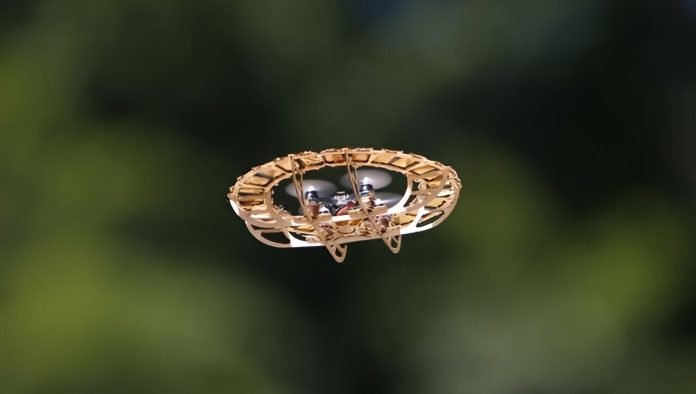
Researchers at JKU have made a significant breakthrough in solar technology with the development of ultra-thin and flexible solar cells made from a novel material called “perovskite.”
These cells are not only incredibly light but also demonstrate high efficiency and stability, making them ideal for powering devices autonomously in various settings, from everyday gadgets to aerospace applications.
Conventional energy sources like fossil fuels and batteries often come with limitations such as size, environmental impact, and the need for stationary charging setups.
Perovskite solar cells offer a promising alternative due to their lightweight, flexibility, and high power output.
These cells are so thin—20 times thinner than a human hair—and yet they are capable of generating an impressive 44 watts per gram, which is a measure of how much power they produce for their weight.
Christoph Putz, a lead author of the study published in the journal Nature Energy, emphasized the wide-ranging potential of these solar cells.
“They could revolutionize energy generation not just in aerospace but also in wearable electronics and the Internet of Things,” he said. The key to these next-generation energy systems lies in their adaptability and efficiency.
These quasi-2D perovskite solar cells achieve an efficiency rate of 20.1%, meaning they convert over 20% of the sunlight they absorb into electrical energy.
This performance is further enhanced by a special coating of transparent aluminum oxide that increases their operational stability by protecting them from gases and moisture.
To showcase the practical applications of their research, the JKU team equipped a commercial quadcopter drone with these solar cells.
The drone, which is only slightly larger than a human hand, had 24 solar cells integrated into its frame, constituting a mere 1/400 of its total weight.
This integration allowed the drone to fly autonomously without the need for wired recharging, demonstrating the cells’ ability to support consecutive charge-flight-charge cycles.
This technology isn’t just for show; it has practical implications for various fields. It can be used in search and rescue operations, large-scale mapping projects, and even in space exploration.
The success of the Mars helicopter Ingenuity, which also relies on solar power, highlights the importance of self-sufficient solar-powered aviation and underscores the potential of these new solar cells in extraterrestrial environments.
With their combination of light weight, flexibility, and efficiency, these perovskite solar cells are paving the way for a new era of self-sufficient, sustainable energy solutions that can be applied in countless scenarios on Earth and beyond.



